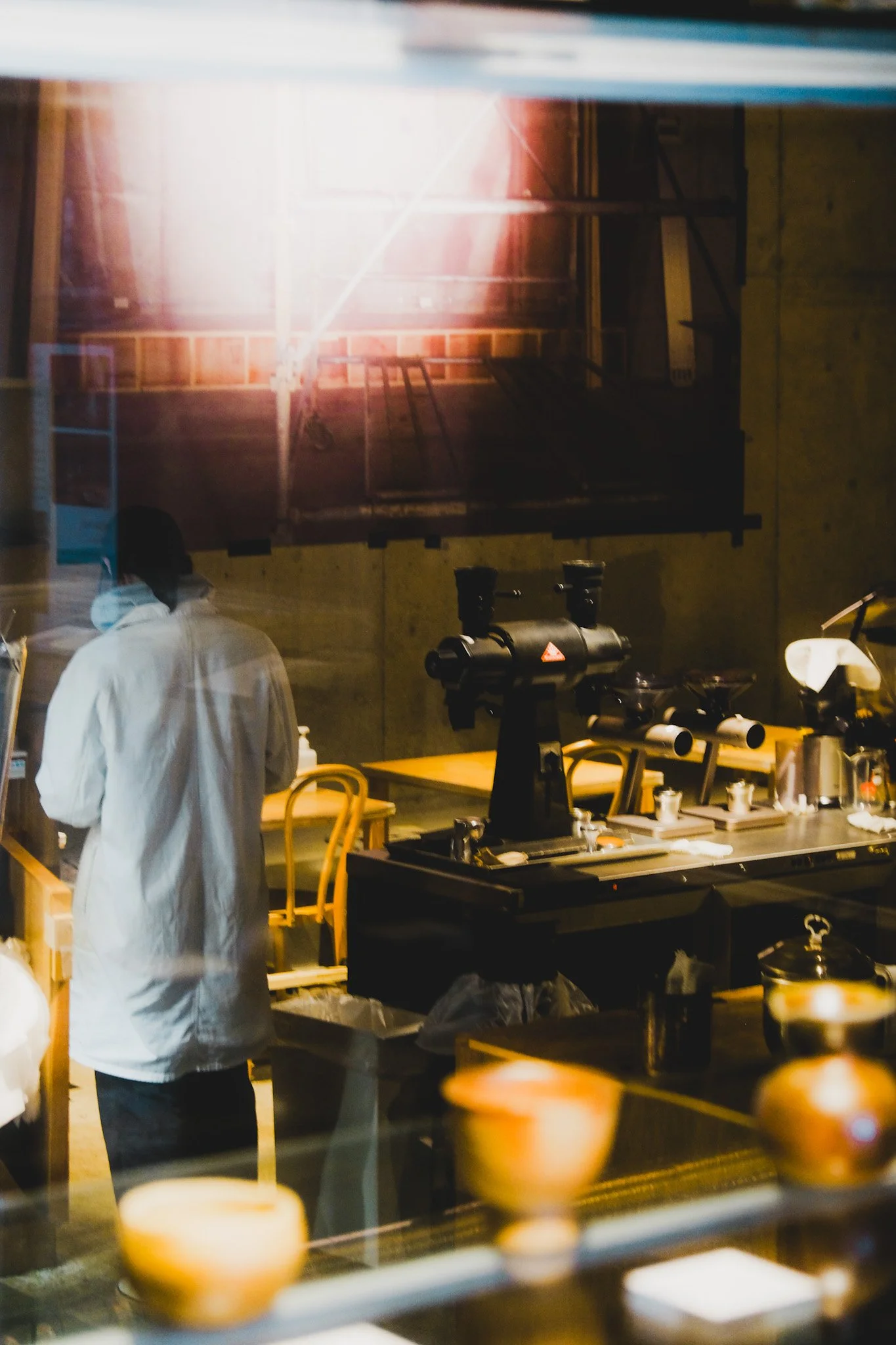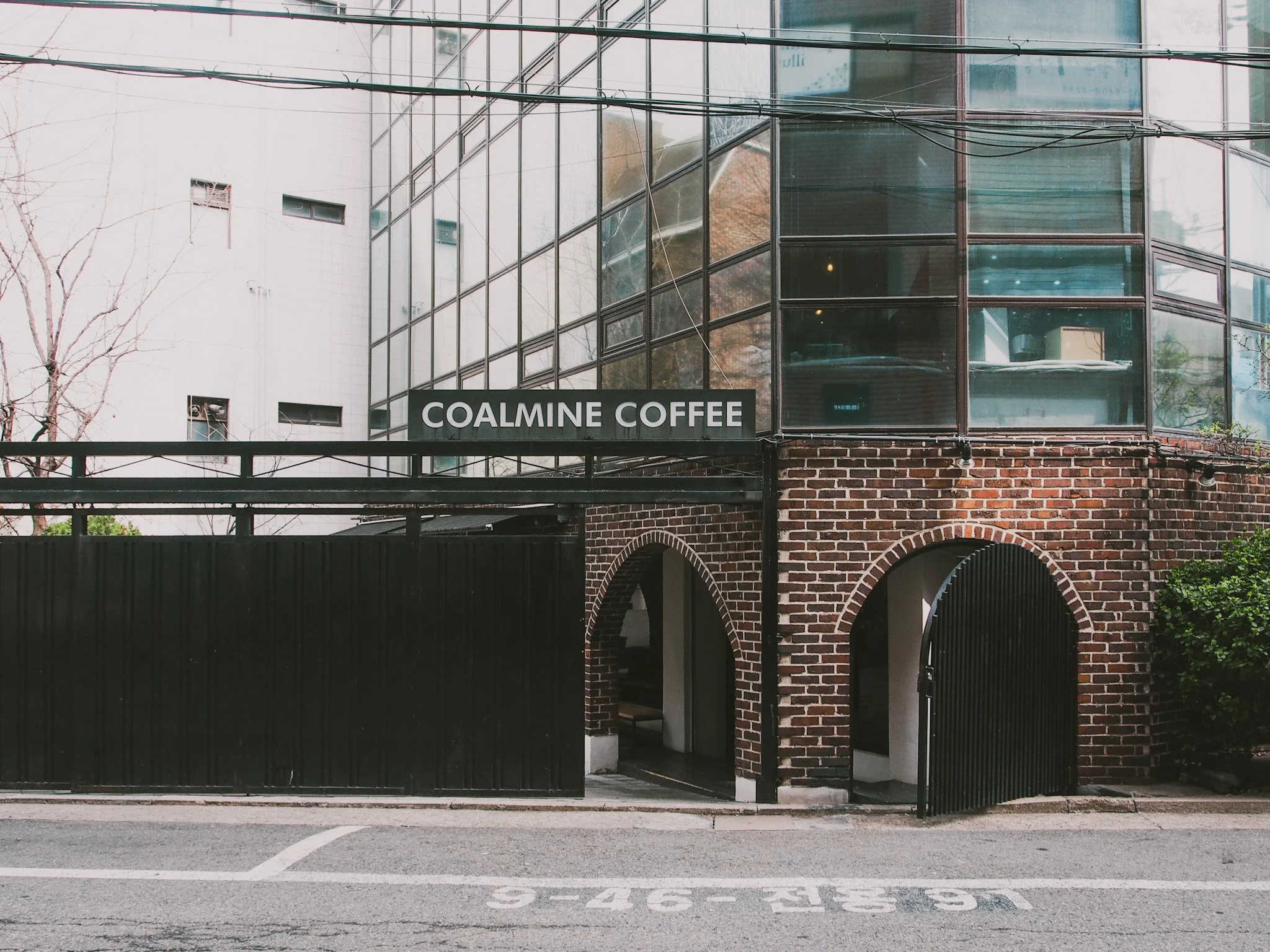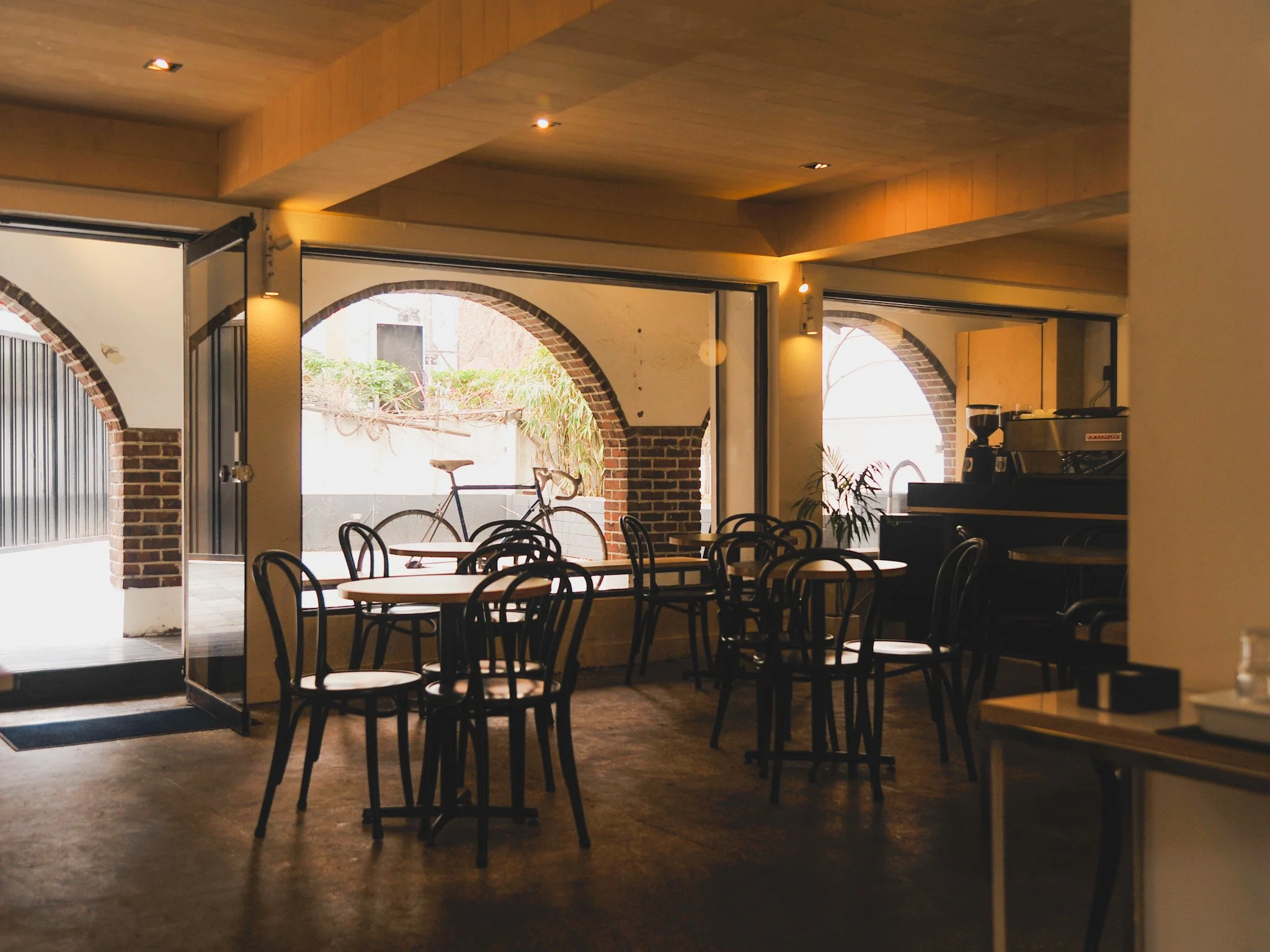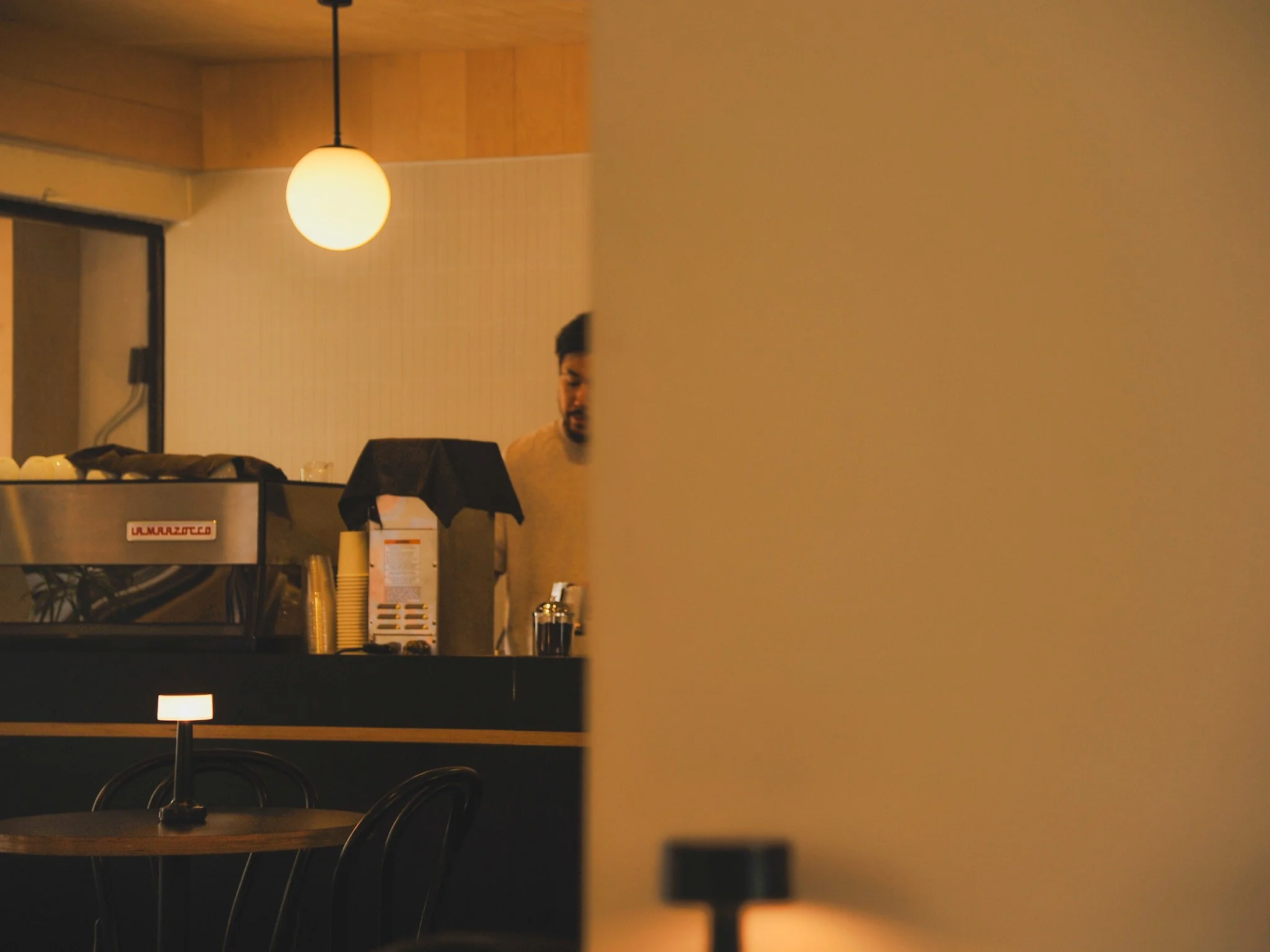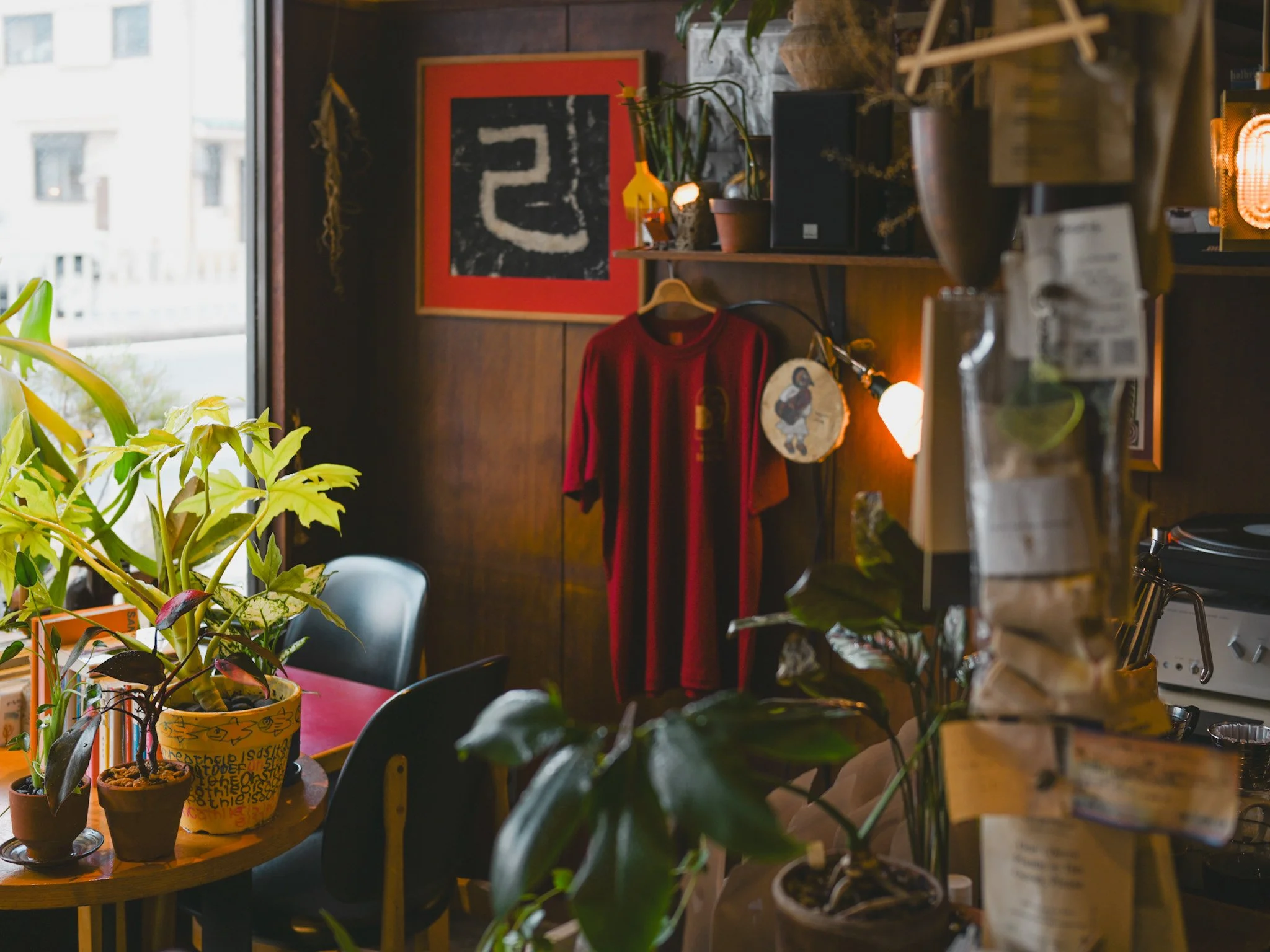A Re-Sounding Space
USHIRO, KYOTO
Recently, we took a short respite to Osaka and Kyoto. Our love for coffee naturally led us to many cafes. Some served up great coffee, some sparked wonderful conversations, while others delighted our visual senses with their unique interiors. Yet, there were a few that left a lasting impression. Our key discovery was that music was the one element that left an impression stronger and deeper than the taste of the coffee itself.
The places that stayed with us the most were those where we fiddled with our music recognition applications to identify the titles of the tracks playing in the background, between conversations and sips of coffee. It was truly intriguing, as if someone behind the coffee bar understood our musical tastes and played not only songs we loved but also ones we had never heard before, and that grew on us. Having a cup of coffee turned into a musical introductory session and these instances led us to ponder the importance of soundscaping.
Soundscaping is vital in crafting the identity of a space, shaping its atmosphere, and influencing how people feel within it. Music becomes the soul of the environment, an art form that harmonises the right tracks with the ambient buzz of customers’ chatter and the hum of the espresso machine, creating a symphony unique to each space. The right volume for the square footage, the right beats for the hearts present, the right balance of lyrics and melodies against the conversations — all contribute to the atmosphere. The right musical genre complements the spatial design, weaving everything together seamlessly.
Cafes that don’t strike this fine balance threaten to appear as a mere concoction of noise. Yet, when equilibrium is achieved, the music doesn’t just fill the air; it reaches the patrons’ ears, sparking a new layer of communication. The tracks chosen by the owners transcend background noise, evolving into an unspoken dialogue with their patrons — a sharing of tastes, ideologies, and emotions without the need for words. When music aligns seamlessly with the space, it transforms the venue into something more than a space — it becomes a narrative.
COALMINE, SEOUL
Music has the ability to narrate spaces. I will always remember a cafe we visited in Seoul — Coalmine back in 2018. With its unfinished interior, red brick arches, low ceilings, and dim lighting, it exuded a raw charm. The chipped marble countertop added to its character. The album playing was Come On Die Young by the post-rock band Mogwai. Instantly, I understood the spatial design choices and the name Coalmine. The music conveyed the narrative of the space through melody rather than words — the depth of a mine felt through the reverberation of Mogwai's heavy riffs and strong bass lines.
COFFEE LONG SEASON, OSAKA
Although the cafe has long since closed due to the city’s competitive cafe scene, whenever the track Helps Both Ways plays at home or elsewhere, I’m transported back to that morning we spent in Coalmine. In my mind, it continues to exist, eternally and vividly.
At the end of the day, it’s not just the coffee or the interiors that linger in our memory; it’s the way a space makes us feel — and music is often the invisible thread holding it all together. A great cafe doesn’t merely serve beverages or showcase design; it curates an experience, layering taste, sight, and sound into something profound and personal.
As we reflect on our journeys, we realise that the cafes we remember most are those that understood this interplay. They offered not just a cup of coffee but a soundtrack to a moment in time, a melody we can revisit long after leaving. Perhaps this is the true art of hospitality — not just serving, but storytelling. Through music, these spaces tell stories that stay with us, inviting us to return, if not in person, then in memory.
Here are two playlists that we’ve compiled for two cafes we visited in Kyoto and Osaka which left resounding impressions –
Text and images by ANATOMY OF THINGS
